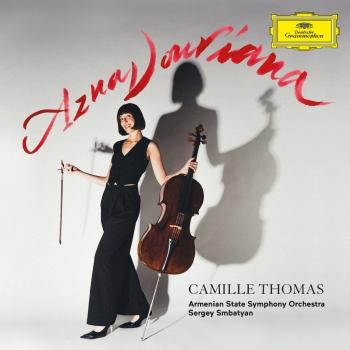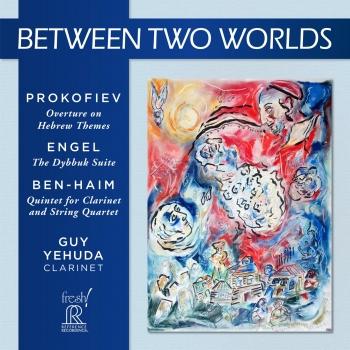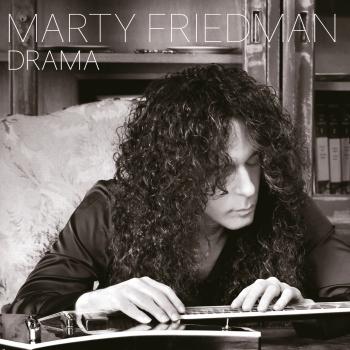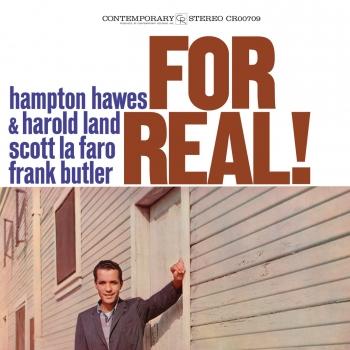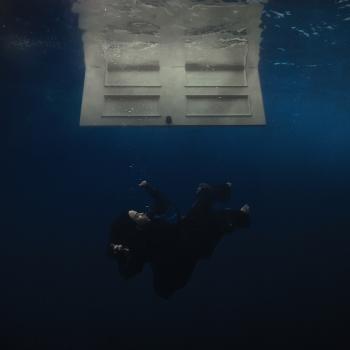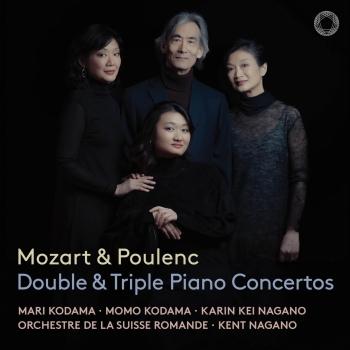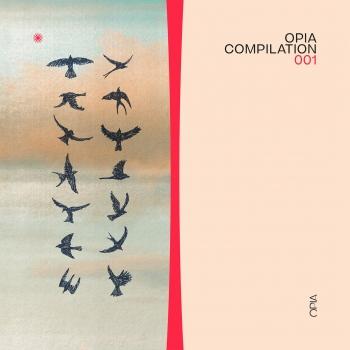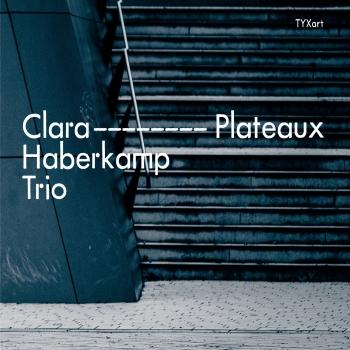
Elgar (Remaster) Edward Elgar
Album Info
Album Veröffentlichung:
1919
HRA-Veröffentlichung:
30.09.2016
Label: SOMM Recordings
Genre: Classical
Subgenre: Concertos
Interpret: Edward Elgar
Komponist: Edward Elgar (1857-1934)
Das Album enthält Albumcover Booklet (PDF)
- Edward Elgar (1857-1934): Cello Concerto in E Minor, Op. 85
- 1I. Adagio - Moderato07:10
- 2II. Allegro molto04:26
- 3III. Adagio04:05
- 4IV. Allegro ma non troppo09:27
- Cockaigne, Op. 40, In London Town
- 5Overture (mono)08:41
- 6Overture (stereo)04:58
- The Kingdom, Op. 51
- 7Prelude (mono)04:07
- 8Prelude (stereo)04:39
- Rosemary
- 9Rosemary03:38
- 3 Characteristic Pieces, Op. 10
- 10No. 1. Mazurka03:21
- May Song
- 11May Song03:51
- Serenade lyrique
- 12Serenade lyrique04:20
- The Wand of Youth Suite No. 2, Op. 1b
- 13I. March03:57
- William Croft (1678-1727): O God our help in ages past
- 14O God our help in ages past04:20
- Cello Concerto in E Minor, Op. 85 (Alternative Take 1)
- 15II. Lento - Allegro molto04:31
- 16III. Adagio04:02
- 17IV. Allegro - Moderato - Allegro ma non troppo09:19
- Cello Concerto in E Minor, Op. 85 (Alternative Take 2)
- 18II. Lento - Allegro molto04:29
- 19III. Adagio03:58
- 20IV. Allegro - Moderato - Allegro ma non troppo05:00
- Cello Concerto in E Minor, Op. 85
- 21II. Lento - Allegro molto (alternative take 4) (stereo)04:45
- 22II. Lento - Allegro molto (alternative take 5) (stereo)04:35
- Cello Concerto in E Minor, Op. 85 (Alternative Take 3)
- 23I. Adagio - Moderato07:00
- 24II. Lento - Allegro molto04:26
- 25III. Adagio04:06
- Cello Concerto in E Minor, Op. 85 (Alternative Take 4)
- 26I. Adagio - Moderato03:58
- 27II. Lento - Allegro molto03:51
- 28III. Adagio03:52
- 29IV. Allegro - Moderato - Allegro ma non troppo04:04
- Cello Concerto in E Minor, Op. 85
- 30III. Adagio (private disc)03:22
- Symphony No. 1 in A-Flat Major, Op. 55
- 31I. Andante - Allegro17:16
- 32II. Allegro molto07:25
- 33III. Adagio10:17
- 34IV. Lento - Allegro11:22
- Symphony No. 2 in E-Flat Major, Op. 63
- 35III. Rondo (mono)04:20
- Violin Concerto in B Minor, Op. 61
- 36I. Allegro04:45
- 37II. Andante03:58
- 38III. Allegro molto -04:43
- 39III. Cadenza (accompagnata: Lento) - Allegro molto03:57
- Variations on an Original Theme, Op. 36, Enigma
- 40Variation 5: R. P. A. - Variation 6: Ysobel - Variation 7: Troyte (unissued mono alternative takes)04:32
- Caractacus, Op. 35
- 41Triumphal March06:52
- 42Woodland Interlude01:52
- Dream Children, Op. 43
- 43Enfants dun reve (Dream Children), Op. 43 (unissued mono alternative takes) (mono)02:46
- Rosemary (unissued mono alternative takes) (mono)
- 44Rosemary (unissued mono alternative takes) (mono)03:43
- Serenade lyrique (unissued mono alternative takes) (mono)
- 45Serenade lyrique (unissued mono alternative takes) (mono)04:16
- Severn Suite, Op. 87
- 46II. Toccata: Tournament (version for orchestra) (unissued mono alternative takes) (mono)04:03
- 3 Characteristic Pieces, Op. 10
- 47No. 1. Mazurka (unissued mono alternative takes) (mono)03:18
- The Wand of Youth, Suite No. 1, Op. 1a
- 48V. Fairy Pipers04:11
- 49III. Minuet02:12
- 50IV. Sun Dance02:27
- The Wand of Youth, Suite No. 2, Op. 1b
- 51V. The Tame Bear02:12
- 52VI. The Wild Bears02:16
- 53II. The Little Bells02:32
- 54III. Moths and Butterflies02:24
- 55II. The Little Bells (take 2)02:30
- 56III. Moths and Butterflies (take 2)02:05
- The Banner of St. George, Op. 33
- 57It comes from the misty ages (unissued mono alternative takes) (mono)04:38
- Anonymous, Elgar: National Anthem
- 58God Save the King (arr. E. Elgar) (unissued mono alternative takes) (mono)03:11
Info zu Elgar (Remaster)
A unique opportunity awaits the musician and listener with an interest in historical performance, and Elgar's Cello Concerto in particular. Our new release this month makes available to you on a four-album set, valuable pressings from Sir Edward Elgar's personal library. It contains hitherto unheard discs - virtually the complete 1928 studio sessions of the Cello Concerto as well as many unused takes of major orchestral works and famous miniatures. This veritable Aladdin's Chest belongs to Arthur Reynolds, a keen collector of original Elgar recordings and photographs. The only person allowed access to Elgar's library was the musician and master recording engineer of historic reissues, Lani Spahr. Miraculously, Lani discovered that various HMV sessions were possibly recorded with a completely separate microphone/cutter arrangement. These double sets of discs were identified by their matrix numbers and after countless hours of painstaking work he was able to, in many instances, synchronize the various sides into a stereo image. We now not only have an insight into the sessions themselves but we are now provided with astonishing sound, revealing a new depth not only to the existing issued recordings, but to new performances of various miniatures and, more importantly, the Cello Concerto and Symphony No.1 assembled from previously unheard test pressings.
“The electrical recordings of the late 1920s are also glorious interpretations which reveal him as a passionate and intense conductor...the sheer impact of the First Symphony in all its cleaned-up detail is overwhelming.” (The Guardian)
„Edward Elgar was one of the first composers to take recording seriously, and his discs are an invaluable source of performance style. The electrical recordings of the late 1920s are also glorious interpretations which reveal him as a passionate and intense conductor. This latest set takes the story deeper by remastering unused takes from major recordings. Lani Spahr is the technical genius behind the project, and explains in daunting detail the accidental stereo created by the microphones. There are many versions of parts of the Cello Concerto and other smaller works, while the sheer impact of the First Symphony in all its cleaned-up detail is overwhelming. Most touching of all is a piano and cello slow movement in which the accompanist is George V's sister, Princess Victoria. (Observer)
„I can do no better than quote from the front cover: Test pressings from Elgar s private library with STEREO reconstructions and NEW PERFORMANCES of the Cello Concerto & Symphony No.1 . I should now add that the booklet is superbly exhaustive in its documentation dates, matrix numbers, musicians, and the like and includes a comprehensive essay from Lani Spahr, the audio-restoration engineer for this project, which makes for fascinating and enlightening reading. The first CD continues with Cockaigne (I love this piece!), a cracking performance with the 1933 BBC Symphony Orchestra under the composer that becomes stereo a few seconds short of nine minutes, and does so to striking effect, with the mono reproduction up until then also very good. A similar mono-to-stereo hike appears in the Prelude to The Kingdom (a passionate and wondrous account with the BBCSO), sounding tremendous in mono and wider if a little watery in stereo . Lighter fare follows, also heard in width, with the New Symphony Orchestra (which seems to have doubled as the Royal Albert Hall Orchestra, and lacking a little something in comparison with the LSO and BBCSO) such as Rosemary, May Song and Serenade Lyrique. The disc concludes with a grandiose chorus-and-orchestra arrangement (I assume by Elgar, he's conducting) of William Croft's O God our help in ages past as high, wide and handsome as you like! CD2 is Cello Concerto-centric, with previously unissued takes, further stereo examples, then the first three movements in mono followed by an acoustic (and abridged) version of those movements (the 1919-20 recording). Finally, the Adagio is taken from a private disc that was made by HMV on 20 August 1928 for Princess Victoria, and it is Her Royal Highness that plays the piano to replace the orchestra. This extended (75-minute) sequence is rewarding if swallowed whole. CDs 3 and 4 are both devoted to previously unissued mono alternative takes . Included is the First Symphony complete with alternative takes . I haven't compared with other transfers of the official recording (Naxos's excellent one, for example). I just enjoyed (if with my ears flapping) this magnificent and complex work from Spahr's new transfer; and it comes across just fine, the LSO in November 1930 responding with dedication and dynamism to the composer s passionate and flexible conducting. Throughout the Symphony's (here) 47 minutes I was unaware of side-breaks or insertions (although surface noise is changeable and there is a tempo jolt at 3 57 in the Finale), the music overall flowing with a stream of emotional consciousness in many different guises. The remainder of disc 3 is snippets, part of the Second Symphony's Scherzo, four extracts from the Violin Concerto (in Yehudi Menuhin's famous and affecting version, about eighteen minutes worth) and three Variations (V, VI & VII) from Enigma, none of them being Nimrod . congratulations to all concerned, especially Lani Spahr, for this intriguing and invaluable issue, for which Elgarians everywhere have much cause to celebrate.“ (Classical Source)
Beatrice Harrison, cello
HRH Princess Victoria, piano
Remastered by Lani Spahr
 Edward Elgar
Edward Elgar
wurde am 2. Juni 1857 in Broadheath in der Nähe von Worcester im Westen Englands geboren. Er stammte aus einer musikalischen Familie (sein Vater besaß ein Musikgeschäft und war ein eifriger Amateurgeiger) und begann im Alter von 7 Jahren mit dem Geigenunterricht. Mit Ensembles und Orchestern aus der Gegend sammelte Elgar Aufführungserfahrung; mit 16 war er bereits gut genug, um als Geiger und Lehrer seinen Lebensunterhalt zu verdienen. Sein eigentlicher Wunsch jedoch war das Komponieren, und er schrieb fleißig für kleinere Aufführungen in der Umgebung. Nach seiner Heirat mit Alice Roberts im Jahr 1889 versuchte Elgar sich eine Existenz als Komponist in London aufzubauen, was jedoch scheiterte. Die Elgars kehrten nach zwei Jahren nach Malvern zurück.
Elgar verfolgte auch die Entwicklungen auf dem Kontinent, nicht zuletzt durch Besuche in Bayreuth und München in den Jahren 1892 und 1893. Er begann eine ehrgeizige Reihe von Oratorien zu schreiben, die ihm im Laufe der 1890er Jahre wachsende Anerkennung in den britischen Midlands eintrug. Seinen Durchbruch erzielte er jedoch erst mit den Enigma Variations, die 1899 in London uraufgeführt wurden; mit diesem Werk wurde er zu einer nationalen Größe. Ein Jahr später festigte er mit dem Oratorium The Dream of Gerontius seinen Ruf. Nun begannen zwei unermüdliche Schaffensjahrzehnte. Auf Gerontius folgten zwei weitere Oratorien – The Apostles im Jahr 1903 und The Kingdom im Jahr 1906 –, doch es war die Orchestermusik, in der sich Elgars geniale Begabung am deutlichesten zeigte. In dieser Zeit entstanden seine beiden Symphonien (1908 und 1911), ein Violinkonzert (1910), zwei schwungvolle Konzertouvertüren, Cockaigne und In the South (1901 und 1904) und vier sehr beliebte Märsche, Pomp and Circumstance (1901–7, ein fünfter folgte 1931).
Bald nach Vollendung seines Cellokonzertes im Jahre 1919 ließ Elgars Schaffenskraft nach. Der Tod seiner Frau im Jahr 1920 ließ den unsicheren Komponisten ohne die moralische Unterstützung zurück, die er zum Schreiben brauchte. Sein Selbstvertrauen kehrte erst zurück, als die BBC ihm auf Anregung von George Bernard Shaw den Auftrag für eine dritte Symphonie erteilte, die er jedoch bis zu seinem Tod am 23. Februar 1934 nicht mehr vollenden konnte; zurück blieben Skizzen und ein Plan der Symphonie. Eine von dem englischen Komponisten Anthony Payne (geb. 1936) vervollständigte Fassung des Materials, die 1998 erstmals aufgeführt wurde, stellte unter Beweis, dass Elgars Musik nichts von ihrer visionären Schärfe verloren hatte, und der unmittelbare Erfolg seiner dritten Symphonie zeugte von der anhaltenden Beliebtheit seiner Musik.


